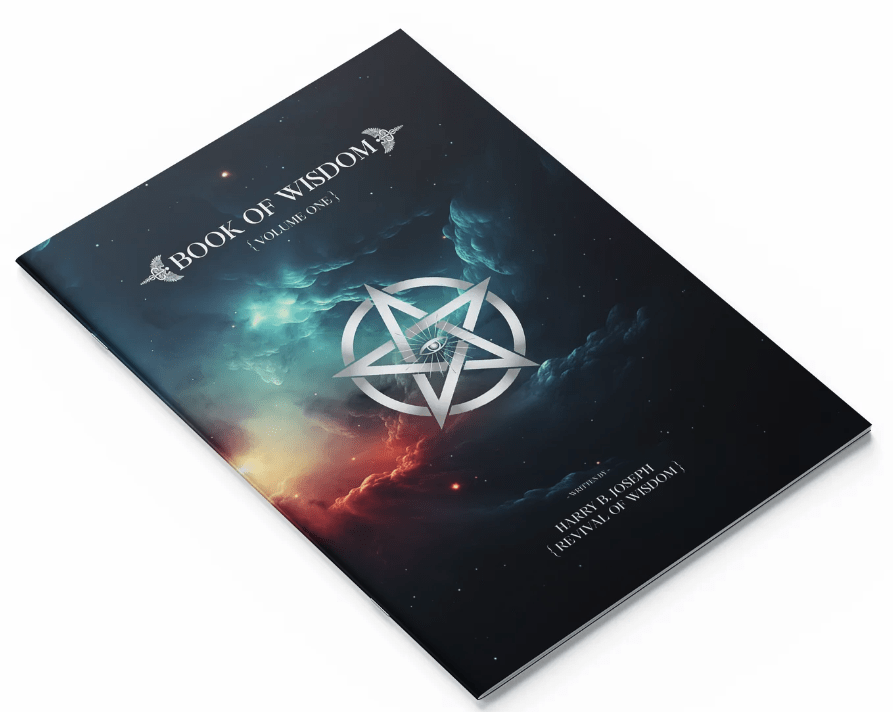Introduction: Questioning the Theory of Gravity
The concept of gravity, widely accepted by the scientific community, remains an unproven theory. Sir Isaac Newton introduced the idea in the 17th century as an attempt to explain the movements of celestial bodies in the universe. Yet, there is no experimental evidence supporting the existence of this force. Instead, the natural property of weight offers a more tangible explanation for the behavior of objects. We encourage you to watch the accompanying video, which provides a thought-provoking discussion on this subject.
The Nature of Weight
Weight is the measure of the gravitational force exerted by the Earth on an object. It is determined by the object’s mass and the acceleration due to gravity, which is the force exerted on all matter by the Earth’s gravitational field. The phenomenon of weight can be observed and measured without the need for hypothetical forces.
The Behavior of Objects Based on Weight
The fact that light objects rise and heavy objects fall is simply a consequence of their weight. Here are some examples to illustrate this point:
Helium Balloons: The weight of a helium-filled balloon is less than the weight of the surrounding air, causing it to rise.
Dandelion Seeds: The weight of a dandelion seed is only slightly more than the weight of the air, so it floats for a while before eventually falling to the ground.
Anvils: The weight of an anvil is much greater than the weight of the air, so it falls directly to the ground.
The Heliocentric Theory and Gravity’s Role
Isaac Newton needed the concept of gravity to help explain the heliocentric theory of the universe. This theory states that the Earth and other planets revolve around the Sun. However, without experimental evidence supporting gravity’s existence, it remains just a hypothetical force.
Expanding on Weight as a Natural Property
To further understand the role of weight as a natural property, we can explore additional examples and experiments, such as:
The Archimedes’ Principle: This principle states that an object submerged in a fluid experiences an upward buoyant force equal to the weight of the fluid displaced by the object. This principle highlights the importance of weight in determining the behavior of objects in fluids.
Terminal Velocity: When an object falls through the air, it reaches a point where the force of air resistance equals its weight. At this point, the object stops accelerating and falls at a constant velocity, known as its terminal velocity. This concept further emphasizes the significance of weight in the movement of objects.
Pendulums: The swinging motion of a pendulum is determined by the length of the pendulum and the force of gravity acting on its weight. By manipulating the length of a pendulum and observing its motion, we can gain a deeper understanding of the relationship between weight and motion.
The Importance of Critical Thinking and Seeking the Truth
As individuals interested in exploring alternative viewpoints, it is crucial to question widely accepted scientific theories and seek out the truth for ourselves. By understanding the natural properties of weight and its role in governing the behavior of objects, we can challenge the long-held belief in the hypothetical force of gravity.
Conclusion: Embracing the Reality of Weight
In conclusion, the natural property of weight offers a more tangible explanation for the behavior of objects than the unproven theory of gravity. By expanding our understanding of weight and its role in the world around us, we can empower ourselves with accurate knowledge of the forces governing our universe. We encourage you to watch the accompanying video and share it with others to spark discussions and further exploration of this fascinating topic.



















